If you’ve noticed your cat spending more time in their litter box, having accidents around the house, or acting strangely, you’re not alone. Cats are predisposed to urinary disease, a condition so common that it’s the presenting complaint for up to 8% of veterinary visits. Cats are complicated creatures, and so are their diseases—feline lower urinary tract disease (FLUTD) is different for every cat, with causes ranging from emotional stress, to infections, to cancer. With treatment and long-term management, most cats with FLUTD can avoid serious complications, but some—typically males—may experience a life-threatening urethral obstruction. The team at Southern Arizona Veterinary Specialty and Emergency Center wants to help you learn more about FLUTD to avoid a urinary emergency.
Diagnosing FLUTD in cats
FLUTD is not a single specific disease—rather, it’s a collection of various urinary diagnoses with similar signs. Cats with FLUTD may exhibit:
- Small, frequent urinations
- Straining to urinate
- Blood in their urine
- Urinating outside the litter box
- Excessive licking
FLUTD has a different cause in each cat, and each cause requires different treatment. Common diagnoses include:
- Feline idiopathic cystitis (FIC) — More than half of FLUTD cats under age 10 have FIC—a bladder inflammation with no discernible inciting factor. Many of these cats experience flare-ups from emotional or physiological stress.
- Bladder stones and crystals — Stones that form from minerals in the urine under the right pH and conditions are another common FLUTD cause.
- Bladder infections — Cats older than 10, female cats, and cats with a metabolic disease such as diabetes are more likely to develop bacterial bladder infections, a less common FLUTD cause.
- Cancer — Rarely, bladder tumors can cause urinary signs.
To find the underlying cause, your veterinarian may run a urinalysis and urine culture, take abdominal X-rays to look for stones, and recommend blood work or ultrasound. Treatment is directed at the underlying cause, but if no cause is found, your veterinarian will discuss treatment strategies for idiopathic cystitis.
Managing FLUTD in cats
FLUTD treatment varies depending on the underlying cause, and usually includes long-term strategies to help prevent recurrence. Some bladder stones can be dissolved with a special diet, while others must be surgically removed. A specialist can sometimes break up the stones and remove the small pieces without cutting into the abdomen or bladder. Infections are treated with an antibiotic appropriate for the specific bacterial strain grown on culture. Special diets or medications to change the urinary pH and prevent crystal formation can help keep stones or infections from recurring.
Idiopathic cystitis is treated with pain medications and lifestyle changes to reduce stress. Special diets and supplements that focus on bladder wall and mucous membrane health can also help. A waterfall, fountain, or other running water source, along with wet canned food, can increase water consumption to help dilute urine.
When FLUTD in cats becomes an emergency
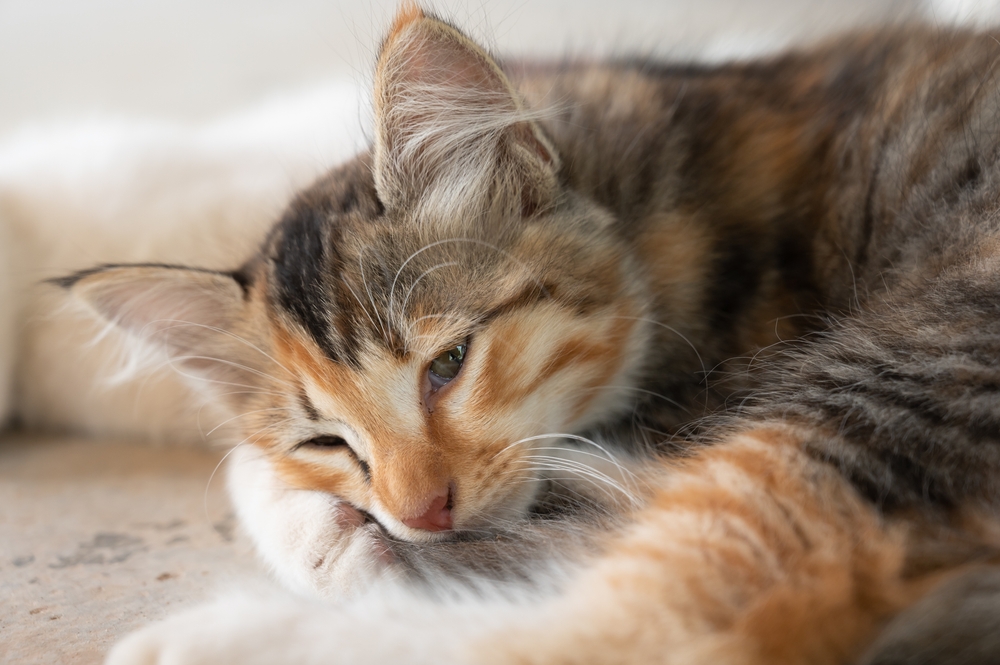
FLUTD can lead to complete urethral obstruction, and may be the first sign of problems in some cats. The urethra connects the bladder to the outside world, and a male cat’s long, narrow urethra can become blocked with inflammatory debris and mucus, or a tiny bladder stone. Affected cats cannot urinate, their kidneys can’t filter toxins from the blood, the resulting large, distended bladder is painful and uncomfortable, and the toxin buildup can cause organ damage or death. Obstructed cats may behave oddly because of their discomfort, and you should bring your cat to an emergency facility immediately if you notice any of the following:
- Frequent trips to the litter box, but producing little or no urine
- Excess blood or mucus in the litter box
- Vocalizing while attempting to urinate
- Lethargy, inappetance, or vomiting
- Mental dullness or unwillingness to move
At the emergency hospital, the veterinarian will assess your cat’s bladder size on physical examination and imaging studies. If they suspect an obstruction, they will perform blood work to help assess kidney function and electrolyte levels. A urinary catheter will be placed in your sedated or anesthetized cat, and will likely be left in place while your pet is hospitalized for a few days. Fluids will be given to help flush out toxins, and urine output will be measured and compared with fluid input. Cats who obstruct once are likely to obstruct again, so your veterinarian will discuss preventive strategies. Some cats obstruct repeatedly, despite dietary and medical interventions, and surgery may be required to enlarge and re-route their urethral opening, although this is considered a last resort.
If your cat is suffering from urinary disease, the team at Southern Arizona Veterinary Specialty and Emergency Center is here to help. Our specialists offer advanced FLUTD treatments and can help you control underlying conditions. Call us to schedule a consultation with our specialists, or contact our emergency department if you believe your pet may be experiencing a urinary emergency.



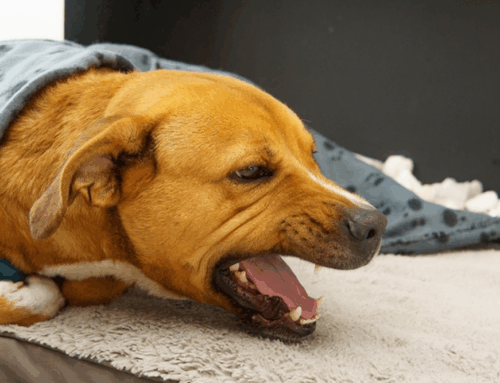
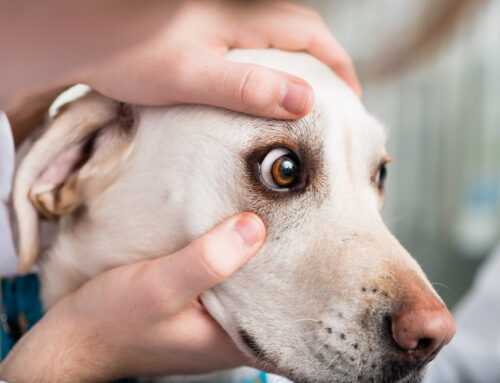
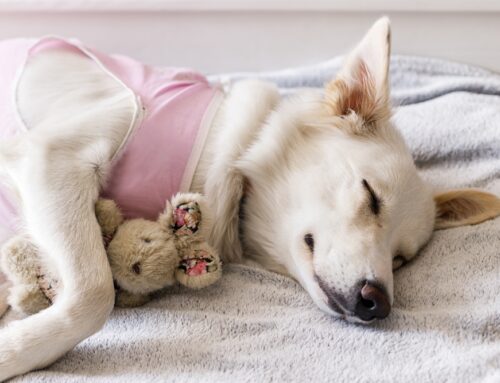
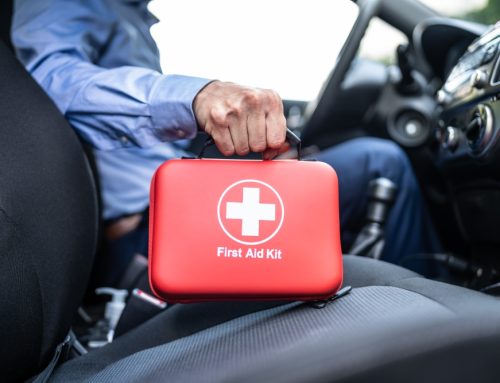

Leave A Comment